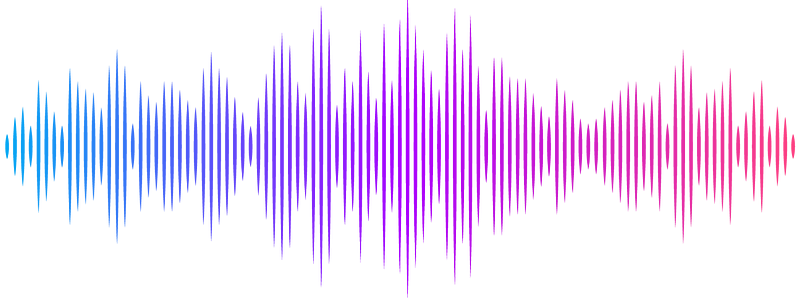Bacillus toyonensis biovar Thuringiensis: an overlooked entomopathogen?

Bacillus toyonensis biovar Thuringiensis: an overlooked entomopathogen?
Sauka, D. H.; Del Valle, E. E.; Palma, L.
AbstractHorizontal gene transfer (HGT) significantly influences prokaryotic genome evolution. Bacillus cereus and Bacillus thuringiensis are nearly identical genetically, except for B. thuringiensis producing parasporal crystals. The genes for these crystals, along with other insecticidal proteins (e.g., vip3), are located on megaplasmids and can be horizontally transferred. Recently, Sauka et al. (2022) reported a Bacillus toyonensis strain that produces parasporal crystals with dual insecticidal activity. This strain was classified as Bacillus toyonensis biovar Thuringiensis (NCBI: txid2923195) following Carroll et al.\'s (2020) nomenclature. Misclassified B. toyonensis strains, previously identified as B. thuringiensis (e.g., strain MC28), encode cry and cyt genes toxic to lepidopterous and dipterous insects. Advances in genome sequencing and bioinformatics tools now reduce misidentifications, enabling accurate reclassification in databases like GenBank.